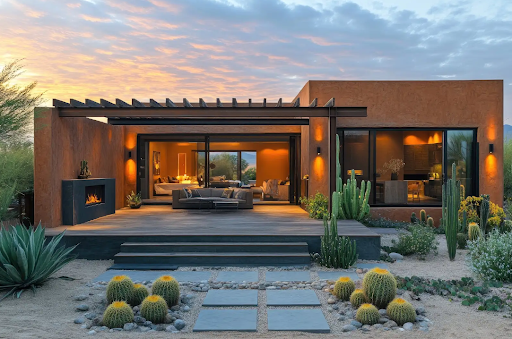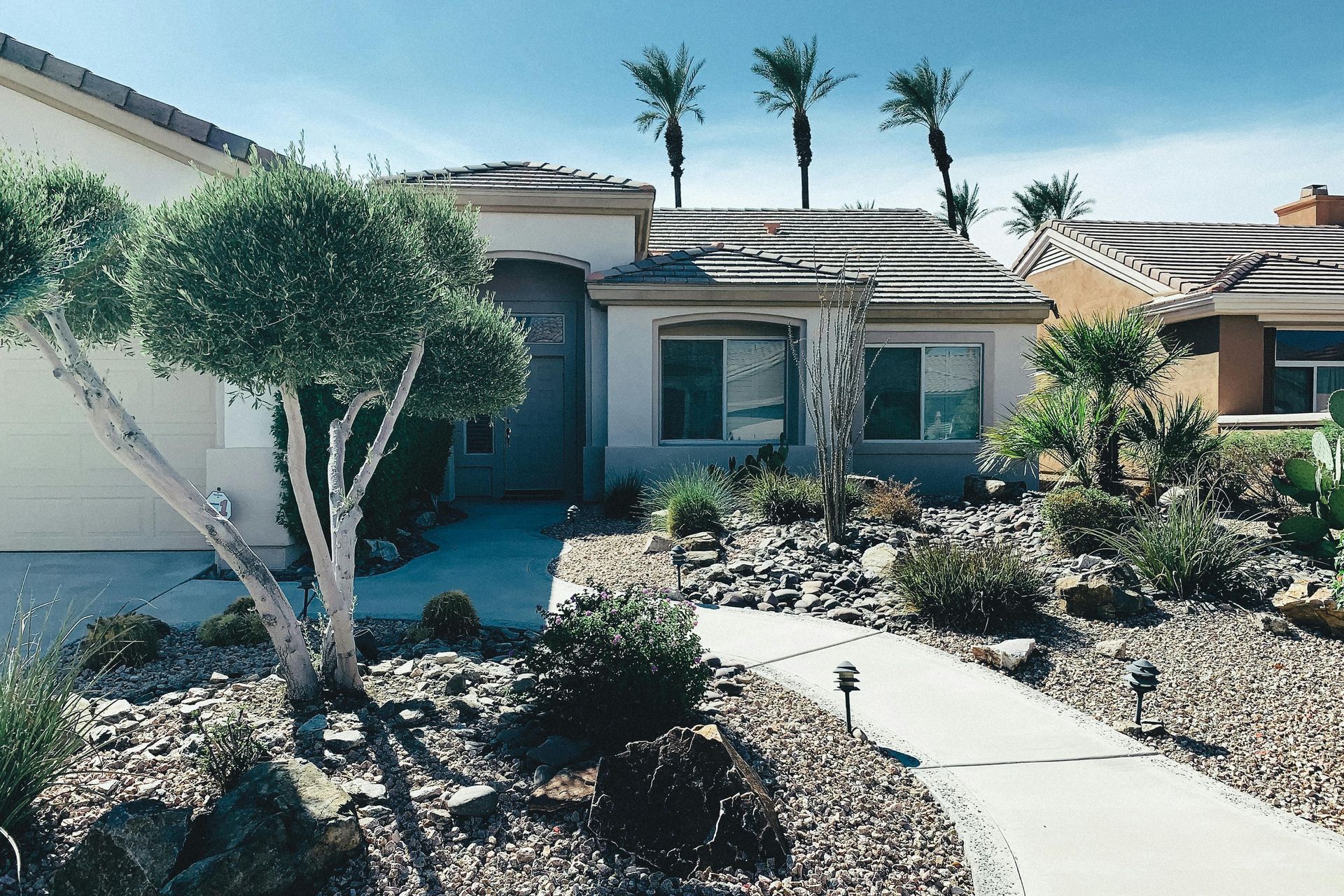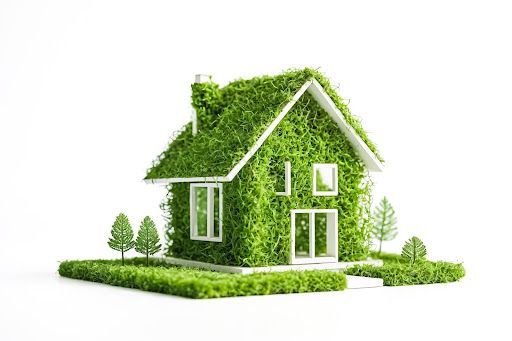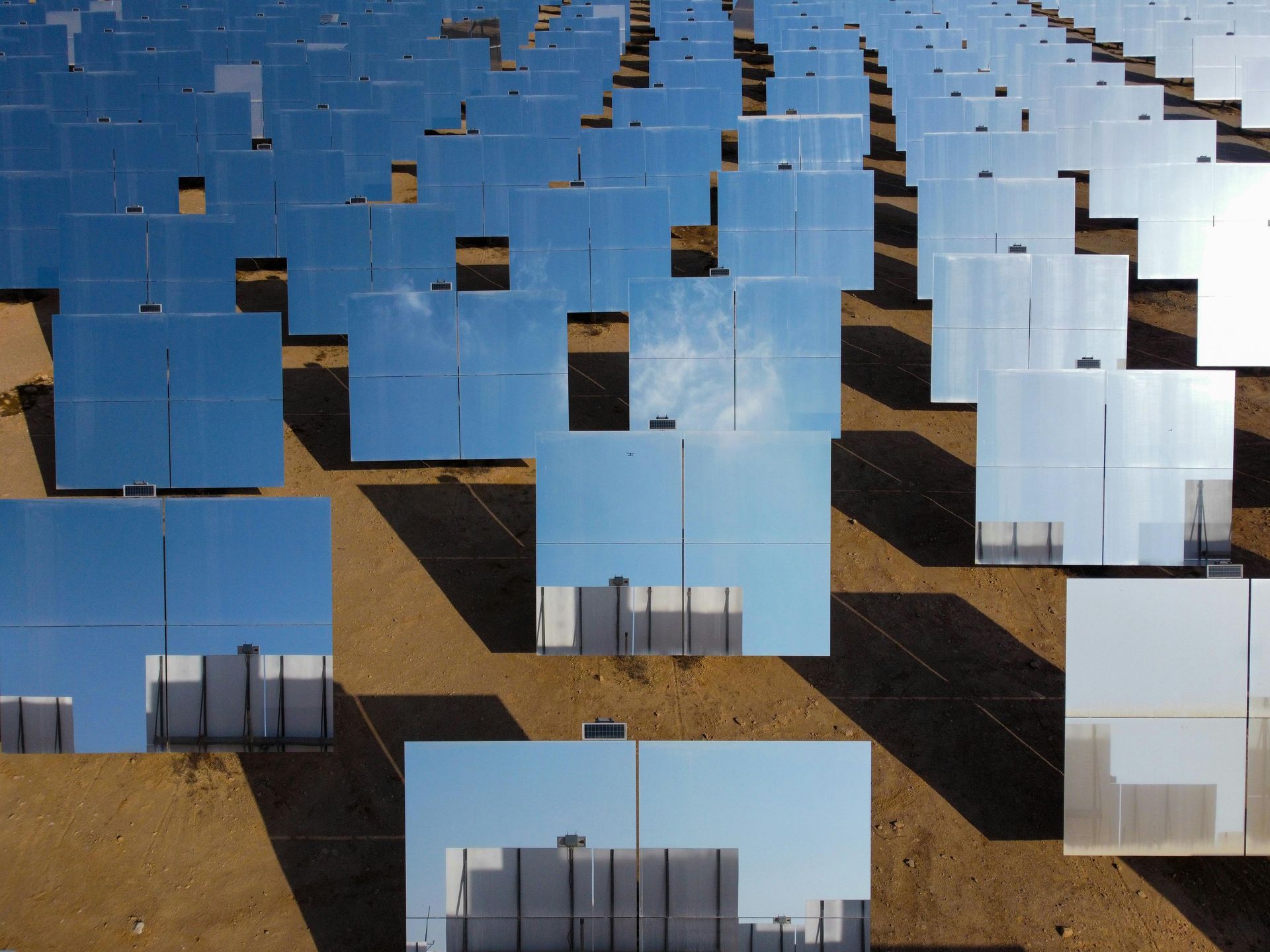Turning Dry Soil into Lush Gardens: Desert Composting Guide

Transforming barren land into flourishing gardens can seem like an insurmountable challenge, especially in arid climates where water is scarce and the soil lacks nutrients. With the right techniques, even the driest of deserts can be coaxed into yielding lush, verdant spaces. The secret lies in the ancient practice of composting, a method that not only enriches the soil with essential nutrients but also promotes sustainable gardening by recycling organic waste. By understanding and applying these fundamental composting strategies, gardeners can breathe new life into the most inhospitable terrains, fostering vibrant ecosystems where plants thrive and biodiversity flourishes.
Understanding Arid Composting Challenges
Composting in the desert presents a unique set of challenges that differ significantly from more temperate regions. These challenges primarily revolve around the arid climate's high evaporation rate, limited availability of organic materials, and the necessity for specialized composting techniques. Understanding these obstacles is the first step in successful desert composting, ensuring that the process contributes positively to soil vitality and the broader environment in areas such as Phoenix, Scottsdale, and Cave Creek.
The high evaporation rate in desert climates is one of the foremost challenges for composters. The intense sun and heat can quickly dry out a compost pile, halting the decomposition process necessary for turning organic matter into fertile soil. This issue necessitates techniques to maintain moisture in the compost without resorting to excessive water usage, which is unsustainable in a desert environment. Strategies include covering the compost pile to reduce evaporation and adding moist materials to balance dry components.
Another significant challenge is the limited availability of organic materials, which are crucial for creating a balanced compost mix. In desert regions, where vegetation is sparse, finding enough green material (nitrogen-rich components) to balance the brown material (carbon-rich components) can be difficult. Composters may need to seek out alternative sources of green materials, such as kitchen scraps or coffee grounds, to achieve the right balance for efficient composting.
Protecting the compost pile from extreme temperatures is also essential. Too much direct sunlight can overheat the compost, killing beneficial microorganisms that are vital for the decomposition process. Utilizing shaded areas or creating protective structures can help maintain an optimal temperature range within the compost pile. During colder months, ensuring the pile is sufficiently insulated will keep the decomposition process active.
Successful composting in arid climates requires adapting standard composting practices to the desert's specific conditions. It involves optimizing moisture retention without wasteful water use, sourcing and balancing organic materials despite their scarcity, and protecting the compost from the harsh climate.
Techniques for Successful Desert Composting
Mastering the art of composting in a desert environment involves adopting specific techniques tailored to address the unique challenges of arid climates. One of the keys to success lies in carefully balancing green and brown materials within the compost pile. Green materials, rich in nitrogen, provide essential proteins and amino acids, while brown materials, high in carbon, offer the carbohydrates necessary for microbial life. This balance ensures efficient decomposition and helps to optimize moisture retention—a critical factor in desert composting. Equally, maintaining adequate air circulation prevents the compost from becoming anaerobic, which can slow down the decomposition process and produce unpleasant odors.
Another technique pivotal to desert composting involves the use of compost bins or tumblers. These containers help regulate the internal temperature of the compost pile and retain moisture—two aspects that can be difficult to control in an open desert environment. Compost bins also offer protection against the drying effects of the wind and the scorching heat of the sun. Regular turning of the compost within these containers aids in distributing moisture evenly and facilitating aerobic decomposition, which is essential for producing high-quality compost.
Enhancing Soil Vitality in Desert Gardens
Compost plays a transformative role in desert gardening by significantly enhancing soil structure and moisture retention capabilities. This improvement is vital for plant health and growth, as well-watered, nutrient-rich soil can support a wider variety of plant life, even in arid conditions. Compost also offers a sustainable alternative to chemical fertilizers, enriching the soil with natural nutrients that encourage robust plant development. Integrating compost into garden beds can be achieved through direct mixing or applying it as a top dressing, depending on the specific needs of the garden and its plants.
The Environmental Benefits of Arid Composting
Beyond the immediate advantages for gardeners, composting in desert regions contributes significantly to environmental conservation. By diverting organic waste from landfills, composting reduces methane emissions—an important consideration given methane's potency as a greenhouse gas. The practice supports biodiversity in arid garden ecosystems, promoting a balance of microorganisms essential for healthy soil. Perhaps most compelling is composting's impact on water usage. In regions where water is a precious resource, the improved water retention offered by compost-amended soils can lead to substantial savings, affirming composting's role in sustainable water management practices.
Together, these techniques and benefits highlight the
significance of composting as an indispensable practice for gardeners in desert climates, offering a pathway to more vibrant gardens and a healthier planet.
Success Stories and Case Studies
In desert cities such as Phoenix, Scottsdale, and Cave Creek, composting has converted many skeptics into believers, showcasing that lush, thriving gardens can indeed sprout from the arid soil. Personal and community initiatives have highlighted how adopting refined composting techniques can lead to successful cultivation in challenging climates.
One notable success story comes from a community garden in Scottsdale, where residents once struggled to cultivate anything in the parched landscape. Through collective efforts, they began incorporating meticulously balanced compost into their garden beds, following practices suited for arid conditions such as using compost bins to conserve moisture and protect the compost pile from extreme temperatures.
In Phoenix, a homeowner's experiment with composting turned into a full-fledged commitment after witnessing the remarkable improvement in soil quality and water retention. This individual managed to reduce garden water usage significantly by integrating compost into the soil, highlighting composting’s pivotal role in sustainable water management in desert regions. Their garden now serves as a model for efficient water use and sustainable gardening practices.
Cave Creek offers a story of environmental stewardship, where a local school initiated a composting program that not only reduced waste but also educated young minds about sustainability. The program demonstrates composting's capacity to diminish methane emissions by diverting food scraps and yard waste from landfills, contributing to cleaner air and a healthier environment.
Getting Started with Desert Composting
Embarking on your composting journey in desert environments begins with understanding the basics and setting up your system correctly. Selecting the right location for your compost pile or bin is crucial—look for a space that receives partial shade to protect against excessive heat, yet enough sun to foster the decomposition process. It's also important to consider accessibility for adding materials and turning the compost.
Creating a balanced mix of green and brown materials is essential for maintaining moisture and air circulation. Desert composters often find innovative sources of green materials, such as coffee grounds from local cafes or vegetable scraps from home kitchens. Regularly turning your compost is another key practice, ensuring even decomposition and preventing the pile from becoming too dry or too compact.
For those looking to dive into desert composting, local resources such as gardening clubs, community gardens, and online forums offer invaluable advice and support. These platforms can connect beginners with seasoned composters, providing tips, encouragement, and sometimes even materials to get started.
Composting in the desert is not only a feasible endeavor but also a rewarding one. It bolsters garden vitality, conserves water, reduces waste, and contributes to a healthier environment. By embracing the challenges and adapting techniques, residents of arid regions can turn their composting aspirations into lush, bountiful realities.
Are you ready to transform your arid landscape into a verdant oasis? Our expert, Danijela Quenzler, has the knowledge and experience to guide you through the exciting world of desert composting.











